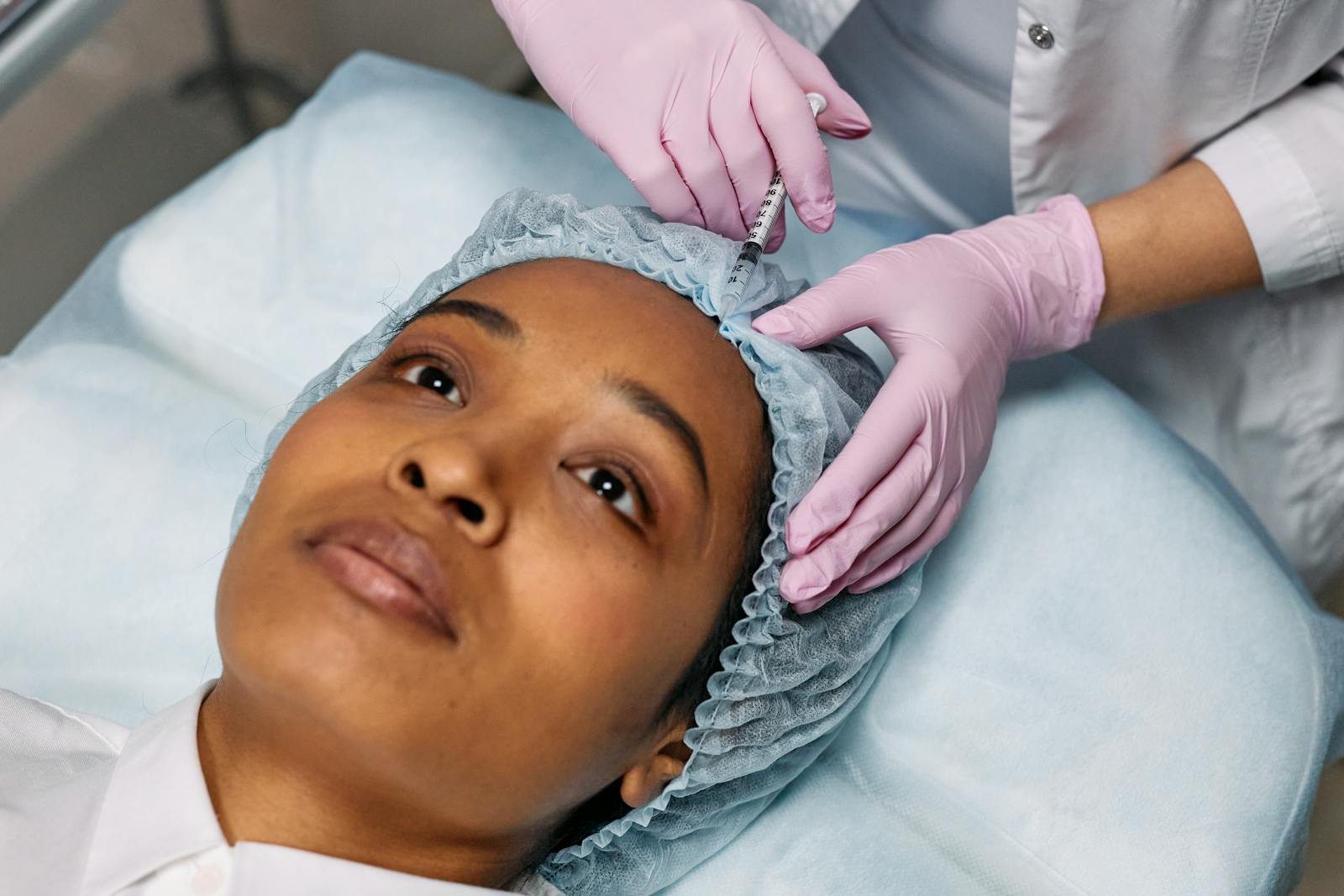Hair loss is a natural process, with individuals shedding and regrowing strands daily. However, when hair falls faster than it can be replaced, thinning or baldness occurs. While men are more commonly affected, women are not immune. The causes are multifaceted, involving genetics, hormones, and overall health.
Male Pattern Baldness
Androgenetic alopecia, commonly known as male pattern baldness, is a physiological condition rather than a disease. Genetics play a pivotal role, with inheritance possible from either parent. Hormones, specifically testosterone, trigger the process during adolescence. In genetically predisposed men, testosterone is converted into dihydrotestosterone (DHT) by the enzyme 5-alpha-reductase. DHT gradually shrinks hair follicles, producing thinner and shorter hair over successive growth cycles. The cumulative effect of this miniaturization leads to noticeable baldness.
Female Hair Thinning
Hair loss in women generally begins after puberty, with hormones influencing the density and thickness of hair over time. Women rarely become completely bald, but hair can noticeably thin, particularly under hormonal shifts such as polycystic ovary syndrome or hirsutism. Post-menopause, declining estrogen and progesterone levels may exacerbate thinning. It’s important to note that temporary hair loss after pregnancy is a normal physiological process and not a sign of genetic baldness.
Treatment Options
Medical interventions can halt or slow hair loss. Finasteride is one such medication, originally used for prostate enlargement. It works by blocking the hormonal pathway that converts testosterone into DHT. Clinical studies suggest finasteride can halt hair loss in approximately 86% of treated men. However, its use in women is limited, and only a healthcare professional should prescribe it, as effectiveness and safety vary.
Supporting Hair Health
Lifestyle factors significantly influence hair condition. A diet rich in proteins, amino acids, iron, zinc, copper, B-complex vitamins, and omega-3 fatty acids supports follicle nutrition. Regular exercise enhances scalp circulation, which can promote healthy hair growth. Hair care practices also matter: use neutral pH shampoos free from harsh salts, and consider scalp massages to stimulate blood flow from the forehead through the temples and crown to the nape.
Seeking Professional Advice
Men often normalize early hair thinning, but timely dermatological consultation is crucial. The earlier hair loss is addressed, the higher the likelihood of regrowth. Recovery depends on age, degree of hair loss, and personal goals. A man who notices thinning early has a better chance of reversing it than someone already extensively bald.
Hair loss may feel like a cosmetic inconvenience, but its management combines science and self-care. From understanding the hormonal and genetic roots to adopting targeted treatments and lifestyle practices, individuals have meaningful options. Regular evaluation by dermatologists and nutrition-conscious habits can make the difference between gradual thinning and sustained follicle health. Ultimately, addressing hair loss is not just about vanity—it reflects an informed approach to one’s overall well-being, combining proactive medical care with consistent daily practices that nurture both scalp and strand.




